Agile in HR
Change your organization's mindset and culture from the inside out.
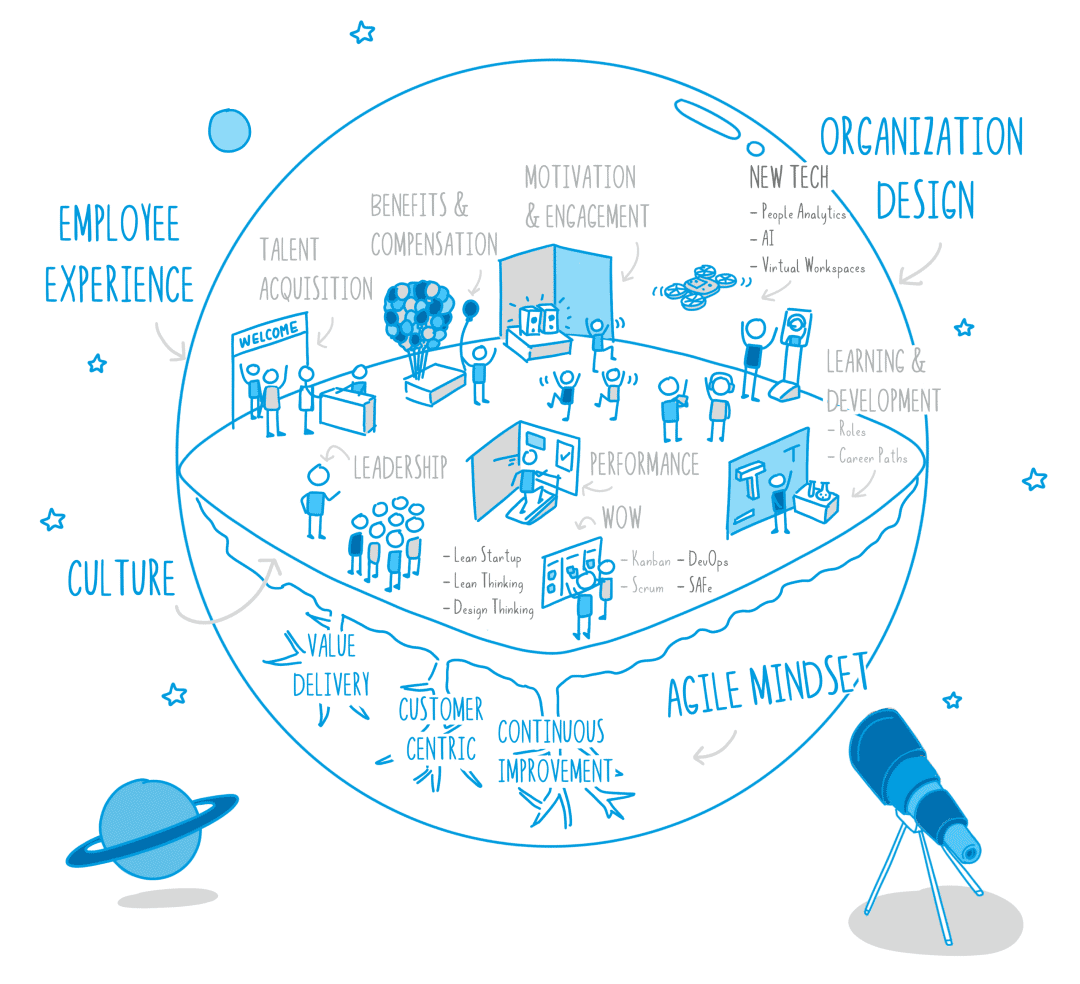
What is Agile in HR?
Agile in HR is also known as Agile People not because it is an exclusive training for people in Human Resources, but because it focuses on how this area of an organization can be the engine of change. Agile in HR defines new models of talent management and development for human resources. It goes beyond analyzing how Agile transformations affect the HR function and emphasizes how the HR team can drive the transformation adoption.
Agility in HR helps people working in human resources understand agile, apply agile methods in their own projects, and, most importantly, adjust their core processes to reflect the reality of an agile work environment. Agile People understand their new role within the agile workspace and also how to:
Adjust individual performance metrics and compensation structures for team‑based success
Measure commitment and motivation within a team
Build the profile of potential and existing employees, placing emphasis on skills that enable cross-functional teams
Additionally, an HR department that embraces Agile is better equipped meet the needs of their customers (employees) by increasing empathy, becoming more customer-focused, and being easier to work with through consistent collaboration and transparency.
Why is it important?
Human resources is one of the few departments that cuts across all other departments. While it might not be obvious at first, their ability to influence the adoption of a transformation is greater than any other area of an organization. HR should play a fundamental role in the adoption of an Agile culture as they have a unique position and ability to design a new organizational structure that enables business agility, maximizes communication and collaboration within and among teams, and enables the flow of value.
Agile People are critical in developing and executing an organizational action plan for modeling an agile mindset. By adopting a new work culture, HR teams drive the organizational transformation. The power of agility is through people.
See how we are helping the HR department at a children's hospital adopt agile within their area.
The Current World of Agile in HR
The organizational design of those who embrace Agile in HR can take shape by applying traditional organizational models (such as Matrix, Helix, Divisional), new human-centric organizational models (such as Sociocracy 3.0, Teal, Ambidextrous, Holacracy, AEquacy), market-based models (such as Haier’s Rendanheyi, EEEO), or modeling after models (like those from Jacob Morgan, Corporate Rebels, John Ingram, or Emanuele Quintarelli).
No matter the organizational design approach, HR should focus their efforts on the following areas:

Talent Acquisition
T-Shaped People
Role Outcome Descriptions
Scrum & Kanban for Recruiting
An Awesome Onboarding Experience
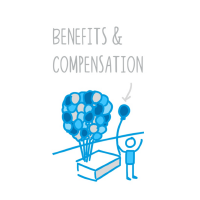
Benefits & Compensation
Self-Managed Salaries
Algorithms
Salary Committees
Peer Reviews
Merit Money
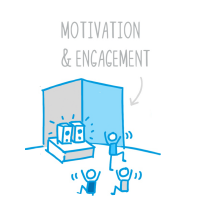
Motivation & Engagement
Behavioral Economics
RAMP Model
RMP Tool
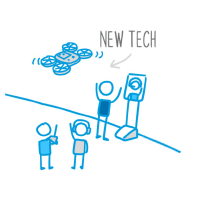
New Technology
People Analytics
AI
Virtual Workspaces
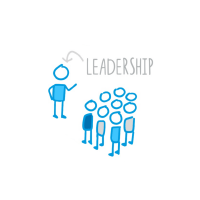
Leadership
Psychological Safety
The Dysfunctions of a Team
Competences and Tools
Communication of Vision

Performance
OKRs
On-Demand Feedback &
Feed-Forward
People Analytics
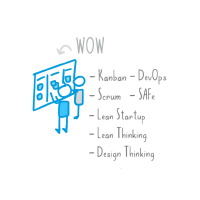
Ways of Working
Foresight
Futures Design
Learning & Development
70/20/10 Model
Learning Experiences
Agile Learning Paths
Governance
AI
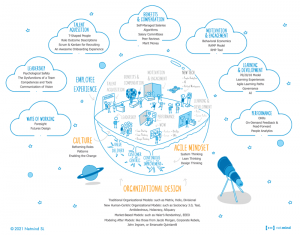
Download our full infographic to use a reference or share with your colleagues.
Agility in HR Courses
Get Agility in HR Certified
Netmind is an approved training provider for ICAgile’s Agility in HR certification. This certification is awarded to those who attend our Agile for HR course and demonstrate comprehension and application of the course materials.